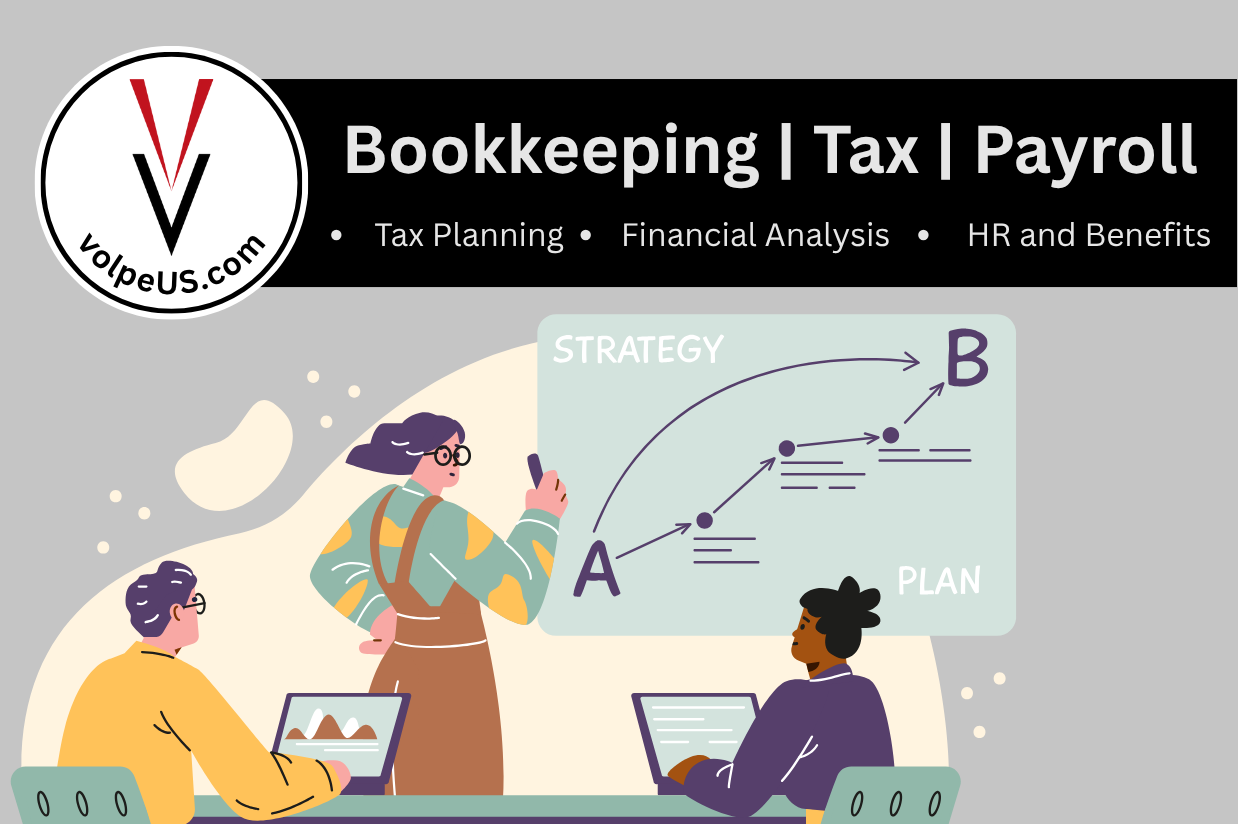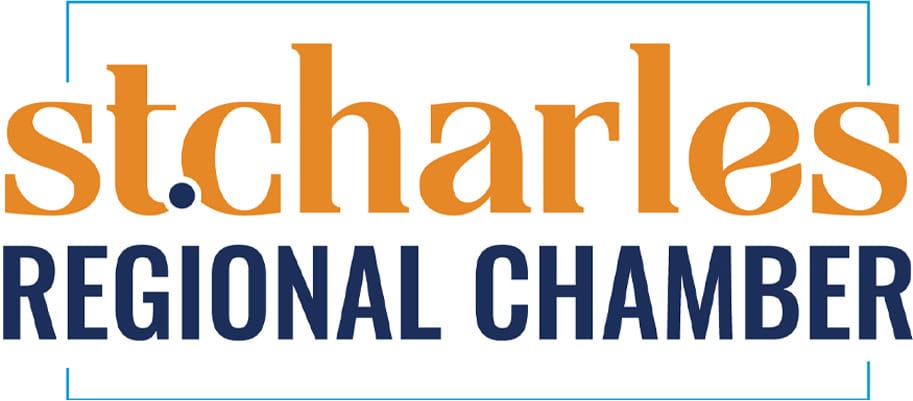An overview of this post and quick links
- Coronavirus Small Business statistics
- What is the EIDL energy fund?
- How to check your stimulus check status
- List of Paycheck Protection Program lenders
- Coronavirus Deferment and Forbearance options
- PPP Loan Amount-Forgiveness Calculator
You can also find out more about the Employee Retention Credit by clicking here.
Jump to a Specific Section
Services for COVID-19-Related Funding
As of today, April 24, 2020, the PPP loan program is expected to be re-funded with an additional (approximately) $310 Billion.
Coronavirus SBA statistics
- At the end of April 3rd, the first day applications were accepted there were 14,000 loan approvals averaging $3,000,000 per loan.
- As of April 16th after funds were depleted, the SBA has funded $293,000,000,00 to approximately 1.3 Million loans, for an average of $225,000 per PPP loan.
What is the EIDL energy fund?
EIDL emergency fund ($10,000 forgivable loan) parameters have changed to $1,000 per employee or $10,000 max, so businesses with less than 10 employees may not receive the full $10K.
Link to EIDL loan application for both the $10K immediate relief loan and the full $2M cap loan (the applications are now merged, so the $10K immediate relief loan is an integral part of the full EIDL loan):
https://covid19relief.sba.gov/#/
How to check your stimulus check status
To check the status of your stimulus check, visit this link: https://www.irs.gov/coronavirus/economic-impact-payments
Paycheck Protection Program Lenders
For a list of Paycheck Protection Program (PPP) lenders: https://smartasset.com/insights/ppp-loan-lenders
Most lenders are prioritizing existing customers with respect to Coronavirus funding. Many applicants are having to find alternative lenders as their banks are not equipped for this new business. Regions Bank, Enterprise Bank, Wells Fargo Bank (stopped taking applications on April 6th).
If you have to issue coronavirus “Sick Pay” but don’t have the money, this is an advance on those recoverable funds: https://www.irs.gov/pub/irs-pdf/f7200.pdf
Instructions for form: https://www.irs.gov/pub/irs-pdf/i7200.pdf
Coronavirus Deferment and Forbearance options
Many lenders, landlords, and other service providers will offer or concede to providing some level of assistance during this time. Care must be taken in reviewing the actual written terms of any concession. Particularly, look for one of these scenarios. Obviously deferment is a better solution than forbearance, which can negatively impact cash flow;
When asking for a postponement of your mortgage, rent, or other monthly payments, know the difference between Deferment and Forbearance:
- Deferment – loan payments will be postponed for the agreed-upon period, and added to the back of the loan, extending the loan by the number of months that payment is deferred, usually without penalties or interest during the deferment period. Ex. Payment is postponed for 3 months, same payment is added to the back of the loan, extending 30-year mortgage to 363 months from 360.
- Forbearance – Loan payments will be postponed for the agreed-upon period, but become due and payable at the end of that period. If a lump-sum payment cannot be made, postponed payments are recovered over time by an increased monthly payment. Ex. $1,500 rent or mortgage payment is postponed for 3 months. In the 4th month, $6,000 is due. If that payment cannot be made, payback arrangements such as $2,250/month for 6 months can be negotiated.
PPP Loan Amount-Forgiveness Calculator
Below is a table with details on calculating your Paycheck Protection Plan Loan Amount Forgiveness. You can also click this link to view the calculator on Google Sheets to copy, download, or print.
| Overview of Program: | The CARES Act provides businesses with fewer than 500 employees, including sole proprietorships and non-profits, access to up to a $10 million loan through the "Covered Period", which runs from February 15, 2020 through June 30, 2020. The program includes a provision that allows these loans to be forgiven by the Small Business Administration ("SBA"). It is possible for the entire principal of the loan to be forgiven. Borrowers of this loan program will receive the loan without the need to pledge collateral or provide a personal guarantee. |
| Critical Definitions: | 1. "Maximum Loan Amount" is calculated as the lessor of: |
| A) $10,000,000 | |
| B) 2.5 times average monthly "Payroll costs" for the previous 12 months before the loan date | |
| 2. "Payroll Costs" include: | |
| A) Wages, commissions, salary or other similar compensation to an employee or independent contractor, | |
| B) Payment of a cash tip or equivalent, | |
| C) Payment for vacation, parental, family, medical or sick leave, | |
| D) Allowance for dismissal or separation, | |
| E) Payment for group health care benefits, including premiums, | |
| F) Payment of any retirement benefits, and | |
| G) Payment of state or local tax assessed on the compensation of employees. | |
| Important: "Payroll Costs" do NOT include: | |
| A) Compensation in excess of $100,000 per employee (capped at $100,000 annualized), | |
| B) Payroll taxes, | |
| C) Any compensation of an employee whose principal place of residence is outside the U.S., or | |
| D) Any qualified sick leave or family medical leave for which a credit is allowed under the Coronavirus Relief Act | |
| 3. "Loan Forgiveness Amount" is the amount of the loan that can be forgiven and is based on specific costs incurred during the 8-week period after the loan origination. Any amount of loan forgiveness is tax-exempt. It is calculated as the sum of the following: | |
| A) Payroll costs | |
| B) Mortgage interest | |
| C) Rent obligations | |
| D) Utility payments | |
| Important: The loan forgiveness amount can be reduced based on the following: | |
| A) The ratio of reduction in FTEs during the 8-week period following the loan origination when compared to periods in either 2019 or 2020, and | |
| B) Your loan forgiveness will also be reduced if you decrease salaries and wages by more than 25% for any employee that made less than $100,000 annualized in 2019 | |
| C) Re-hiring: You have until June 30, 2020 to restore your full-time employment and salary levels for any changes made between February 15, 2020 and April 26, 2020. | |
| How to use this worksheet: | Follow the steps outlined below. Only populate gray highlighted cells. |
| Step 1: | Enter your Payroll Costs into the light gray cells below. These values will automatically populate the Total Monthly Payroll costs. Remember, the maximum allowed loan is capped at $10,000,000. *Must use tab labeled Bus Operations Before 6-30-19 for calculation of 12 month period for businesses that were in operation between Feb 15, 2019 and June 30, 2019. **Must utilize tab New Business formed after 6.30 for partial year operations and only include payroll expenses for January 2020 and February 2020 |
| Step 2: | Enter the amount for each category that you expect to incur over the 8-week period after receiving the loan to calculate the estimated Maximum Loan Forgiveness Amount. To qualify for additional expenses you must select yes/ no to indicate expenses were initiated prior to covered period (2/15/20) |
| The Max Loan Forgiveness Amount will be reduced by the average number of FTE employees per month employed during during the 8-week period after loan origination divided by the borrower's choice of two options:* | |
| Step 3: | Calculate expected Average number of FTE's during the 8-week covered period after loan origination |
| Step 4: | Calculate average FTEs for option 1 |
| Option 1) The average number of full time equivalent employees per month employed from February 15, 2019 through June 30, 2019, or | |
| *If the business is seasonal, the business is required to utilize option 1. | |
| Step 5: | Calculate average FTEs for Option 2 |
| Option 2) The average number of full time equivalent employees per month employed from January 1, 2020 through February 29, 2020. | |
| Step 6: | Spreadsheet will automatically calcuate the most favorable option |
| Step 7: | The excel document will automatically calculate the employee retention ratio. |
| Step 8: | Calculate the total amount of salary reduction of employees that earned an annualized salary of less than $100,000 during the most recent full quarter during which the employee was employed before the 8-week period that is in excess of 25%. Please refer back to the definitions section regarding exemptions related to returning employee salaries to prior levels. |
| Step 9: | The excel document will calculate the estimated Total Loan Forgiveness Amount as well as the estimated remaining loan balance post-forgiveness. (shown in worksheet in cell G10) |
| Step 10: | Pass/ Additional Review based on the criteria to utilize 75% for payroll related expenses - any loan with additional review for compliance will be scrutinized by underwriting team and subject to reduction |
Additional Protection Program calculators
Intuit has a PPP loan calculator, and they are up and operating as a PPP lender. I have no idea what their funding capabilities are, but the SBA is not accepting any new lender applications at this point.
Reach them here for lending information: https://quickbooks.intuit.com/small-business/coronavirus/paycheck-protection-program/
And here for the PPP loan forgiveness calculator: https://aidassist.intuit.com/app/home#/home













